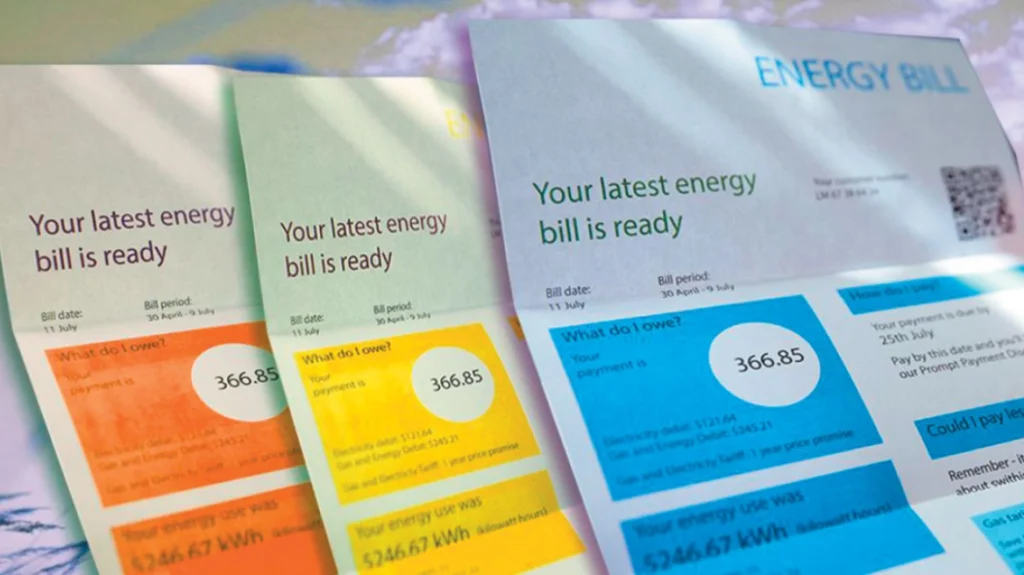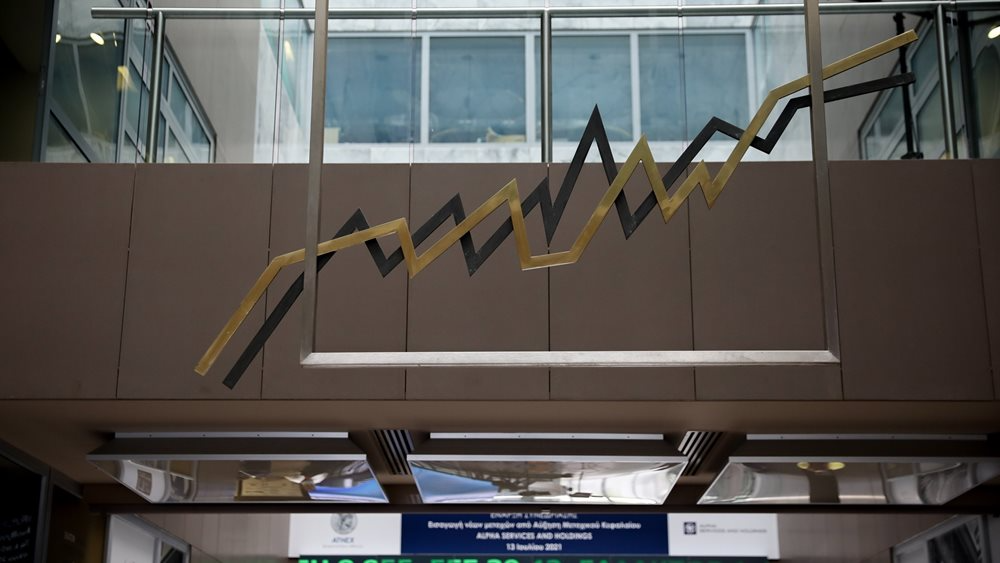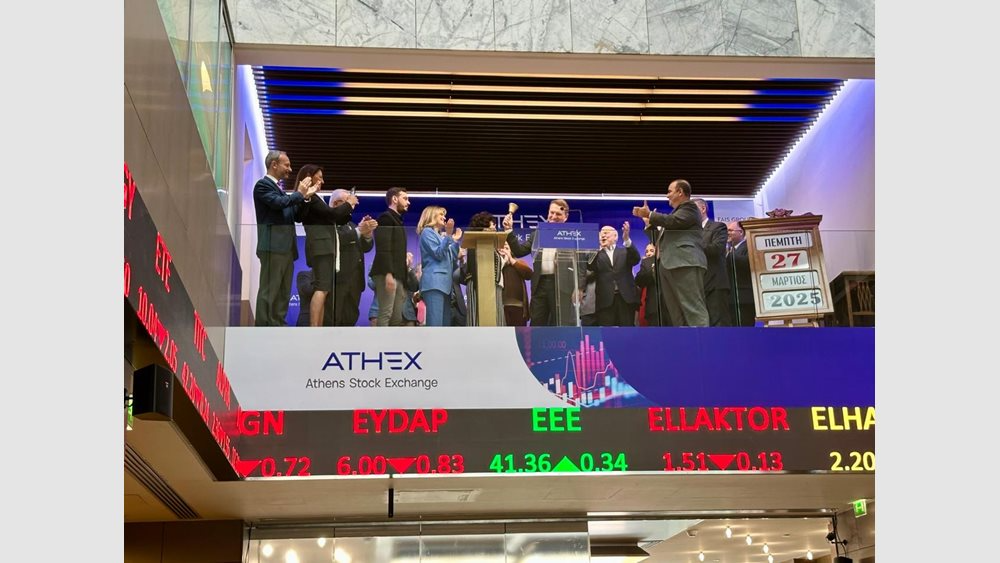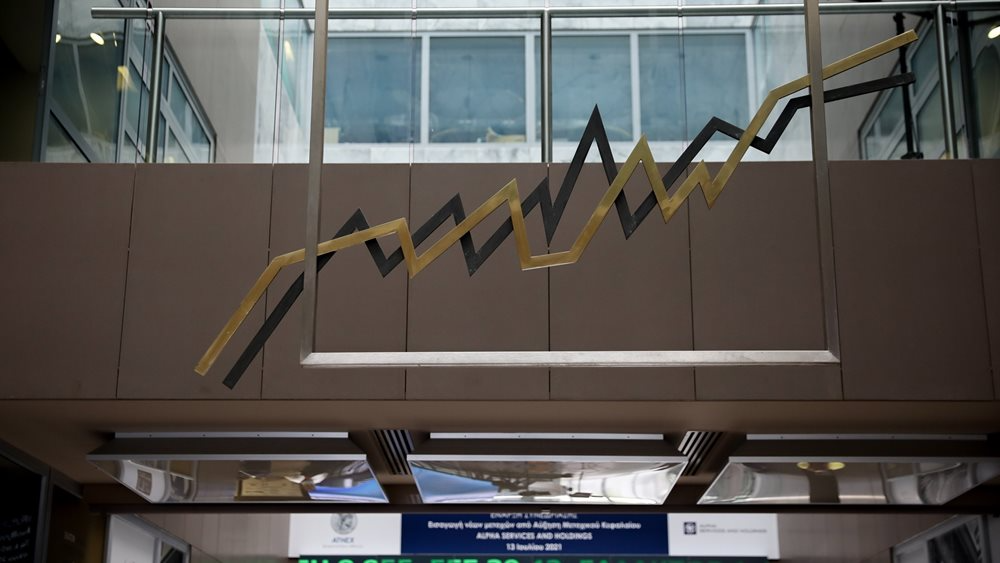
The average cost of electricity for households in the coming year, based on current data, is expected to range from 15 to 17 cents per kilowatt-hour.
This information has been announced by the majority of suppliers. In practice, prices, excluding horizontal subsidies that will be discontinued on December 31, will be at the levels observed throughout 2023.
This implies that for approximately 1.2 million households (over 40%), eligible for a heating allowance ranging from 45 to 480 euros, which will be applied for the first time in the first quarter of 2024, prices will be lower than current levels.
A significant development for a large portion of consumers is the recent move by the DEI (Public Power Corporation) to reduce its fixed tariff by almost 40% (without adjustments throughout the contract period), from 28 cents to 17.5 cents per kilowatt-hour, effective since December 4. Similarly, the night tariff is set at 16.6 cents, compared to the previous 24 cents, representing a 30% reduction.
Consumers who prefer a stable charge, regardless of the direction of energy prices in the international and Greek markets, may opt for the fixed tariffs. Although these fixed tariffs are higher than the variable ones, the difference is not dramatic. Another significant difference is that those who sign such contracts cannot switch providers or tariffs for free before the end of the contract (they will have to pay a penalty), while in all other cases, moving to another provider or tariff remains free.
With the current data, the framework for electricity tariffs in 2024 is as follows:
From January 1, 2024, there will be four categories of tariffs:
-
Fixed tariff, marked in blue, with a constant supply fee (€/kWh) for the entire contract period.
-
Special common tariff, marked in green, where the supplier announces the charging rate until the first day of application, allowing consumers to know the price they will pay each month.
-
Other variable tariffs, marked in yellow, including tariffs with fluctuating supply charges (€/kWh) based on market fluctuations.
-
Dynamic tariffs, marked in orange, including tariffs with prices changing throughout the day based on electricity market prices. A smart meter is a prerequisite for offering these tariffs.
The discussion has recently focused on the "green" tariff, created by the Ministry of Environment and Energy initiative, intending to transfer around 70% of consumers to it from January 1, 2024. This tariff provides consumers with the advantage of knowing the charging rate in advance on the 1st day of each month, allowing them to compare offers from suppliers and choose the best one. Additionally, QR codes (and links) will be included in electricity bills and other messages from suppliers (SMS and email), referring consumers to the RAEEU's price comparison tool website to verify and compare the monthly rate for the special common tariff with all available supplier tariffs.






